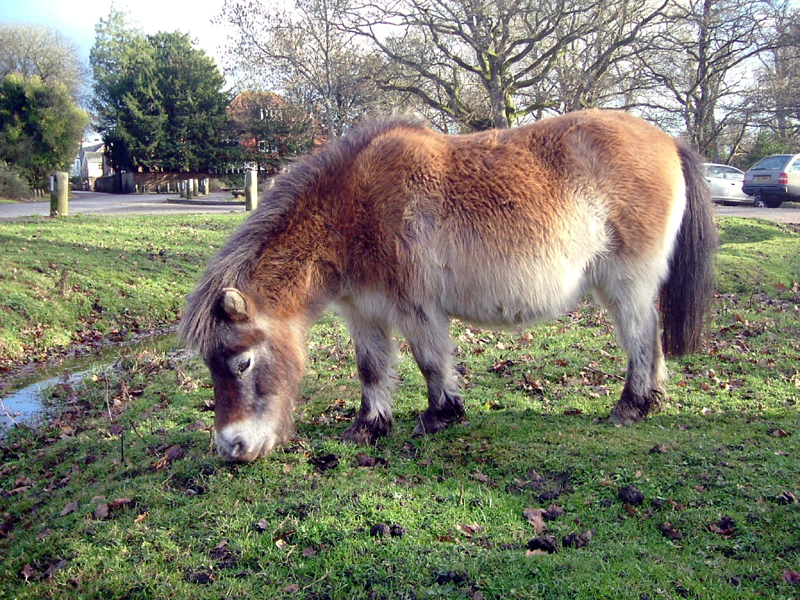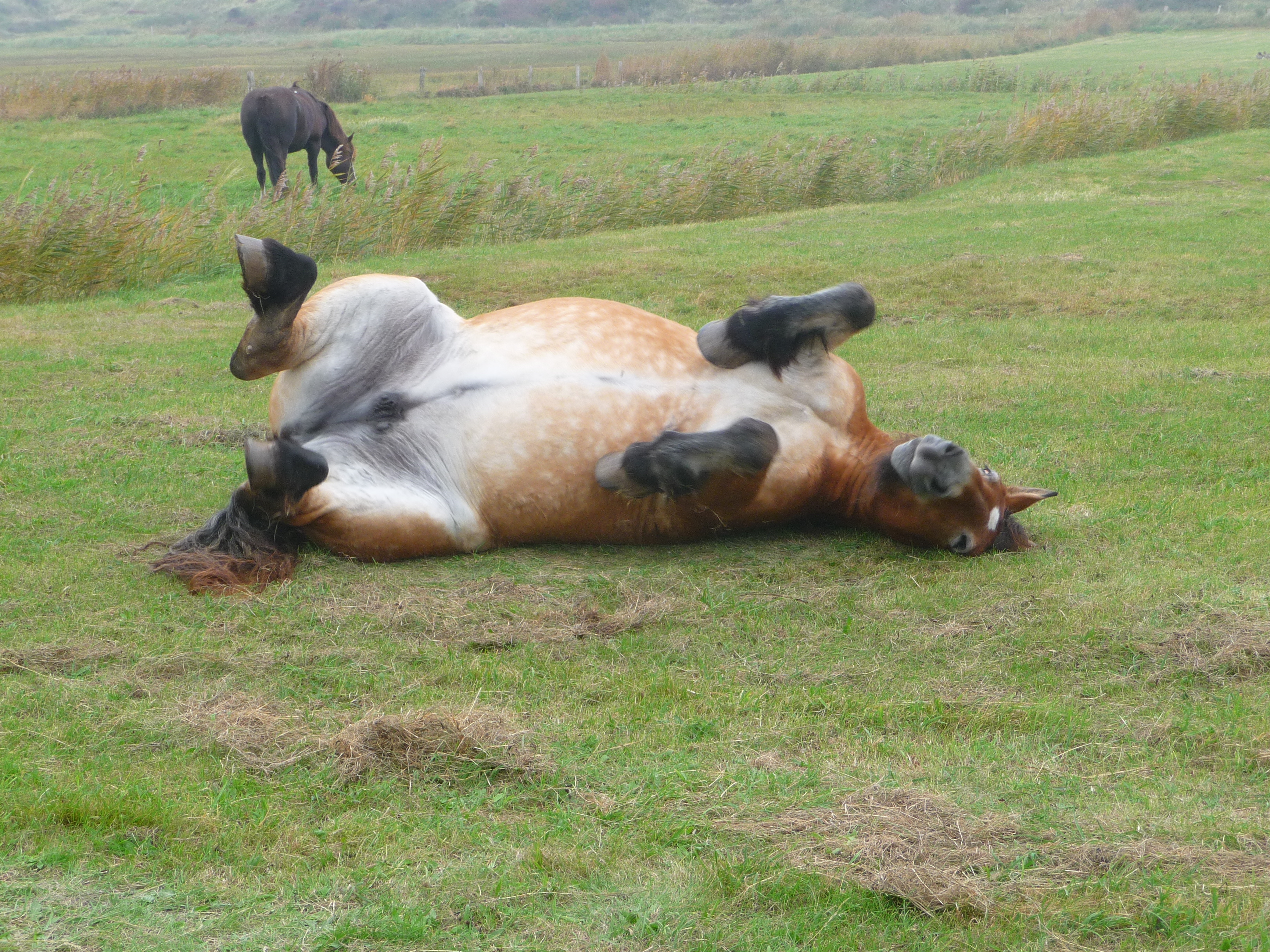Pangaré on:
[Wikipedia]
[Google]
[Amazon]


 Pangaré is a coat trait found in some
Pangaré is a coat trait found in some

horse
The horse (''Equus ferus caballus'') is a domesticated, one-toed, hoofed mammal. It belongs to the taxonomic family Equidae and is one of two extant subspecies of ''Equus ferus''. The horse has evolved over the past 45 to 55 million yea ...
s that features pale hair around the eyes and muzzle and underside of the body. These pale areas can extend up to the flanks, throat and chest, behind the elbows, in front of the stifle, and up the buttock. Animals with the pangaré trait are sometimes called "mealy" or "light-pointed". The color of these lighter areas depends on the underlying color and ranges from off-white to light tan. This type of coloration is most often found in breeds such as the Fjord horse
The Fjord Horse or Norwegian Fjord Horse ( no, fjordhest) is a relatively small but very strong horse breed from the mountainous regions of western Norway. It is an agile breed of light draught horse build. All Fjord horses are dun in colour, ...
, Exmoor Pony, and Haflinger
The Haflinger, also known as the Avelignese, is a breed of horse developed in Austria and northern Italy (namely Hafling in South Tyrol region) during the late 19th century. Haflinger horses are relatively small, are always chestnut with flaxen ...
. Wild equids like the Przewalski's Horse
Przewalski's horse (, , (Пржевальский ), ) (''Equus ferus przewalskii'' or ''Equus przewalskii''), also called the takhi, Mongolian wild horse or Dzungarian horse, is a rare and endangered horse originally native to the steppes of ...
, Onager
The onager (; ''Equus hemionus'' ), A new species called the kiang (''E. kiang''), a Tibetan relative, was previously considered to be a subspecies of the onager as ''E. hemionus kiang'', but recent molecular studies indicate it to be a distinct ...
, African Wild Ass
The African wild ass (''Equus africanus'') or African wild donkey is a wild member of the horse family, Equidae. This species is thought to be the ancestor of the domestic donkey (''Equus asinus''), which is sometimes placed within the same spec ...
, Kiang
The kiang (''Equus kiang'') is the largest of the '' Asinus'' subgenus. It is native to the Tibetan Plateau, where it inhabits montane and alpine grasslands. Its current range is restricted to the plains of the Tibetan plateau; Ladakh; and nort ...
as well as the domestic Donkey exhibit pangaré as a rule. Pangaré is thought to be a type of protective countershading.
Horse foals are often born with "foal pangaré" or light points, especially over black haired areas, which they lose when they shed their foal coats.
At one time, the seal brown coat color was hypothesized to occur from the action of pangaré on a black coat. However, this has been disproven; seal brown horses are a variation of the bay color.Sponenberg 2003. pg. 29.
In donkeys, no light points (loss of pangare) is caused by a recessive missense mutation at agouti. The light points (pangare) color is similar to the light bellied agouti color in mice, while the no light points color is similar to recessive black in mammals. In light bellied agouti mice, the agouti mRNA starts with a different noncoding exon depending on whether it is made in the dorsal or ventral region. This leads to a lighter belly color in mice and probably other mammals as well.
References
{{DEFAULTSORT:Pangare Horse coat colors